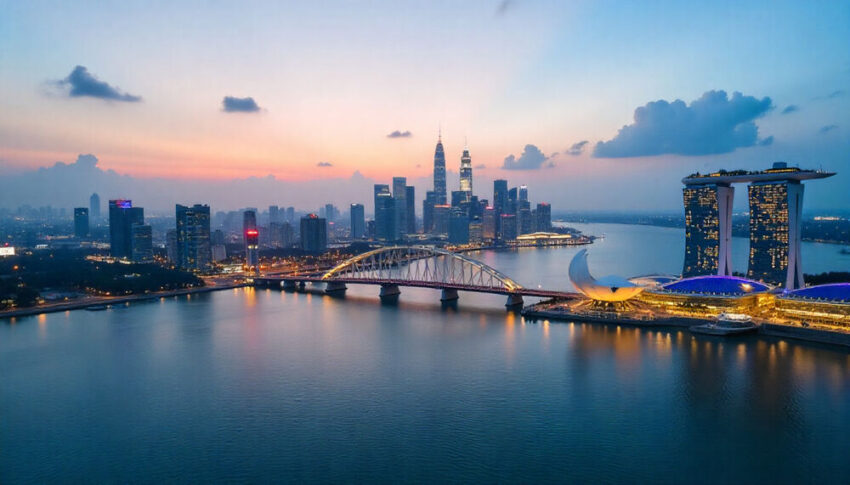Published on
November 8, 2025

The Singapore-Malaysia Causeway, a vital link for millions of families, students, and shoppers crossing daily between the two nations, is more than just a physical structure.
The Singapore-Malaysia Causeway, a vital link for millions of families, students, and shoppers crossing daily between the two nations, is more than just a physical structure. It represents the intertwined economies of Southeast Asia and the flourishing people-to-people ties that drive regional integration. As Malaysia’s Visit Malaysia 2026 campaign gains momentum, the spotlight has shifted to Singaporean visitors—already the largest group of international arrivals by land.
With its proximity, Malaysia has long been an ideal getaway for Singaporeans, offering a diverse range of attractions, from food excursions and spa retreats to shopping and cultural experiences—all accessible within just a few hours. The Causeway and the Second Link, which handle millions of entries annually, are crucial gateways for this thriving tourism flow. These crossings have become more than just a logistical convenience; they are a symbol of the close ties between the two nations.
Malaysia’s Tourism Ambitions
The Malaysian government, under its Ministry of Tourism, Arts, and Culture (MOTAC), has set ambitious targets for tourism in the coming years. Aiming to welcome 43 million tourists in 2025 and 47 million in 2026, these numbers reflect not only optimism but a commitment to exceeding pre-pandemic levels and reinforcing tourism as a pillar of the nation’s economy.
As part of this campaign, Malaysia is prioritizing Singaporean visitors, whose easy access to Malaysian cities and attractions makes them a key demographic. Johor, with its thriving shopping districts and coastal resorts, is particularly focused on enhancing its infrastructure to cater to this growing demand. Public spaces, heritage districts, and popular attractions are undergoing revitalization to provide visitors with enriched experiences.







